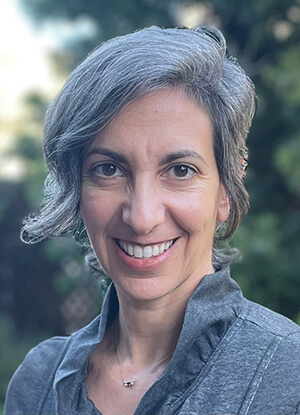Research Assessing Bone Quality and Marrow Adiposity in People Living with HIV
 People living with HIV (PLWH) have increased risk of osteoporosis and fractures. As PLWH live longer through effective antiretroviral therapy (ART) we see that HIV-related bone loss is superimposed upon age-related bone loss, resulting in up to four-fold higher annual rates of fragility fracture in PLWH than in the general population. One of the major research projects of the Bone Quality Research Lab in the UC San Francisco Department of Radiology and Biomedical Imaging hopes to apply novel high-resolution image acquisition and analysis to both quantify bone quality deterioration in PLWH relative to uninfected controls and determine the relationship between bone marrow adiposity and bone quality deterioration in PLWH.
People living with HIV (PLWH) have increased risk of osteoporosis and fractures. As PLWH live longer through effective antiretroviral therapy (ART) we see that HIV-related bone loss is superimposed upon age-related bone loss, resulting in up to four-fold higher annual rates of fragility fracture in PLWH than in the general population. One of the major research projects of the Bone Quality Research Lab in the UC San Francisco Department of Radiology and Biomedical Imaging hopes to apply novel high-resolution image acquisition and analysis to both quantify bone quality deterioration in PLWH relative to uninfected controls and determine the relationship between bone marrow adiposity and bone quality deterioration in PLWH.
Recently, researchers from the lab set out to assess the main determinants of bone strength in the proximal femur of PLWH in the 50–70-year age range. (The proximal aspect of the femur articulates with the acetabulum of the pelvis to form the hip joint.) This vulnerable population of older PLWH has been excluded from previous studies of low bone mineral density.
"We assessed the proximal femur of 40 PLWH and 40 age-matched seronegative control participants using quantitative computed tomography (CT), magnetic resonance imaging (MRI) and magnetic resonance spectroscopy (MRS)," says Galateia Kazakia, PhD, associate professor and lab director.
Preliminary data were published in Osteoporosis International, an official journal of the International Osteoporosis Foundation and the National Osteoporosis Foundation. Additional data analysis is ongoing and soon to be published. This work examines:
- Cortical volumetric bone mineral density (Ct.vBMD)
- Trabecular vBMD (Tb.vBMD)
- Cortical thickness (Ct.Th)
- Bone marrow adiposity (BMA)
- Trabecular number, separation, and bone volume fraction
"Our results suggest that in PLWH the trabecular compartment is compromised at fracture-prone regions in the proximal femur, and further that excess marrow fat accompanies poor trabecular bone quality at the proximal femur in PLWH," says Dr. Kazakia. Key UCSF Radiology collaborators include Thomas Link, MD, PhD, chief of Musculoskeletal Imaging, Roland Krug, PhD, former associate professor, along with current and alumni members of the Bone Quality Research Lab.
Dr. Kazakia's Bone Quality Research Lab is funded by an NIH/NIAID R01 grant (R01 AI125080). Findings will allow investigators to better understand the association of marrow fat and bone quality in HIV, and they will also help to better understand biological mechanisms impacting elevated fracture risk in HIV.
Overall, the lab's main research interest is the characterization of bone quality in disease states affecting the skeleton using both in vivo and ex vivo high-resolution imaging techniques. This includes developing and applying techniques in high resolution peripheral quantitative computed tomography (HR-pQCT), MRI and MRS, microCT and Fourier transform infrared (FTIR) spectroscopy for the assessment of bone quality and bone-related physiology.
Learn more about other research projects.
